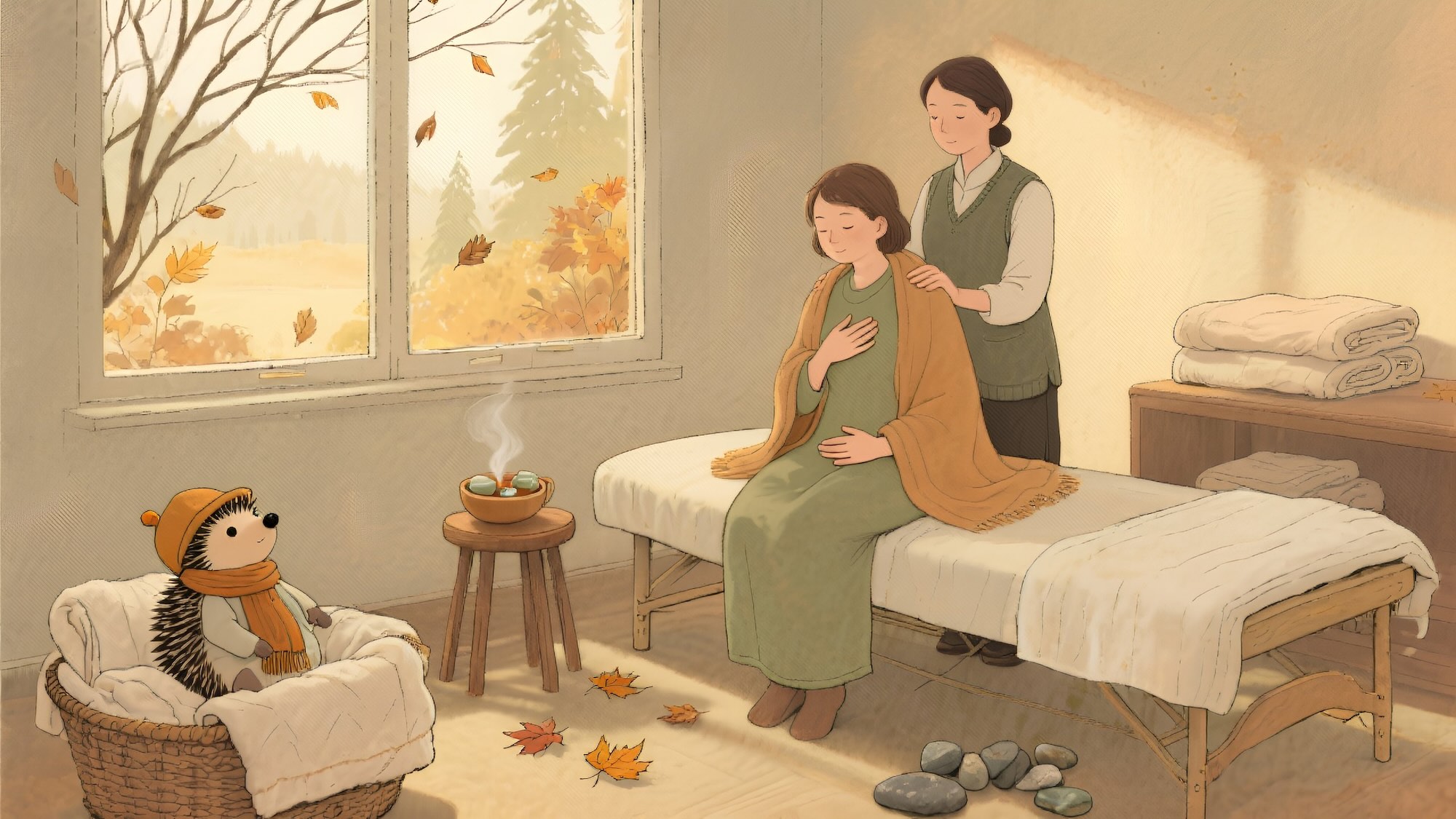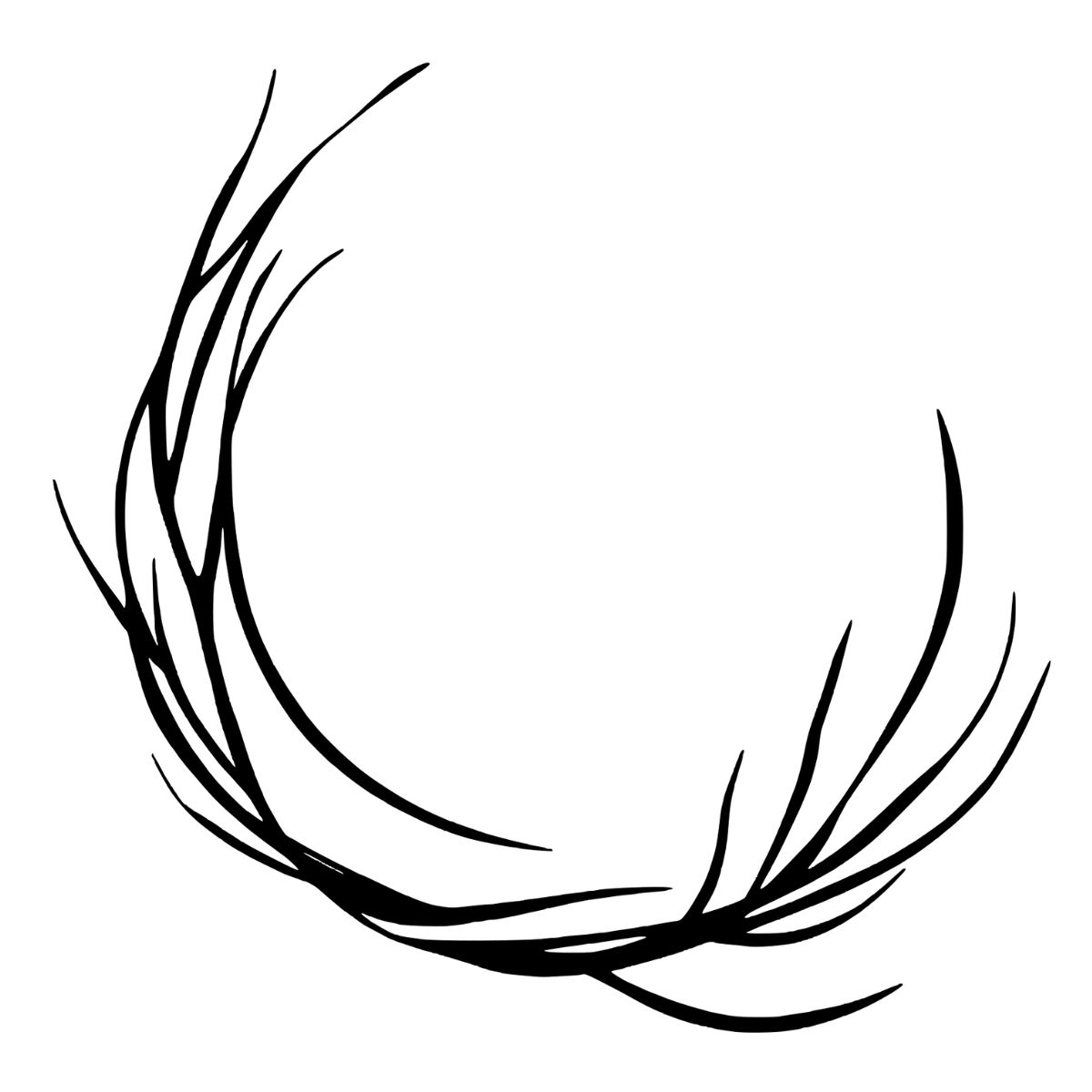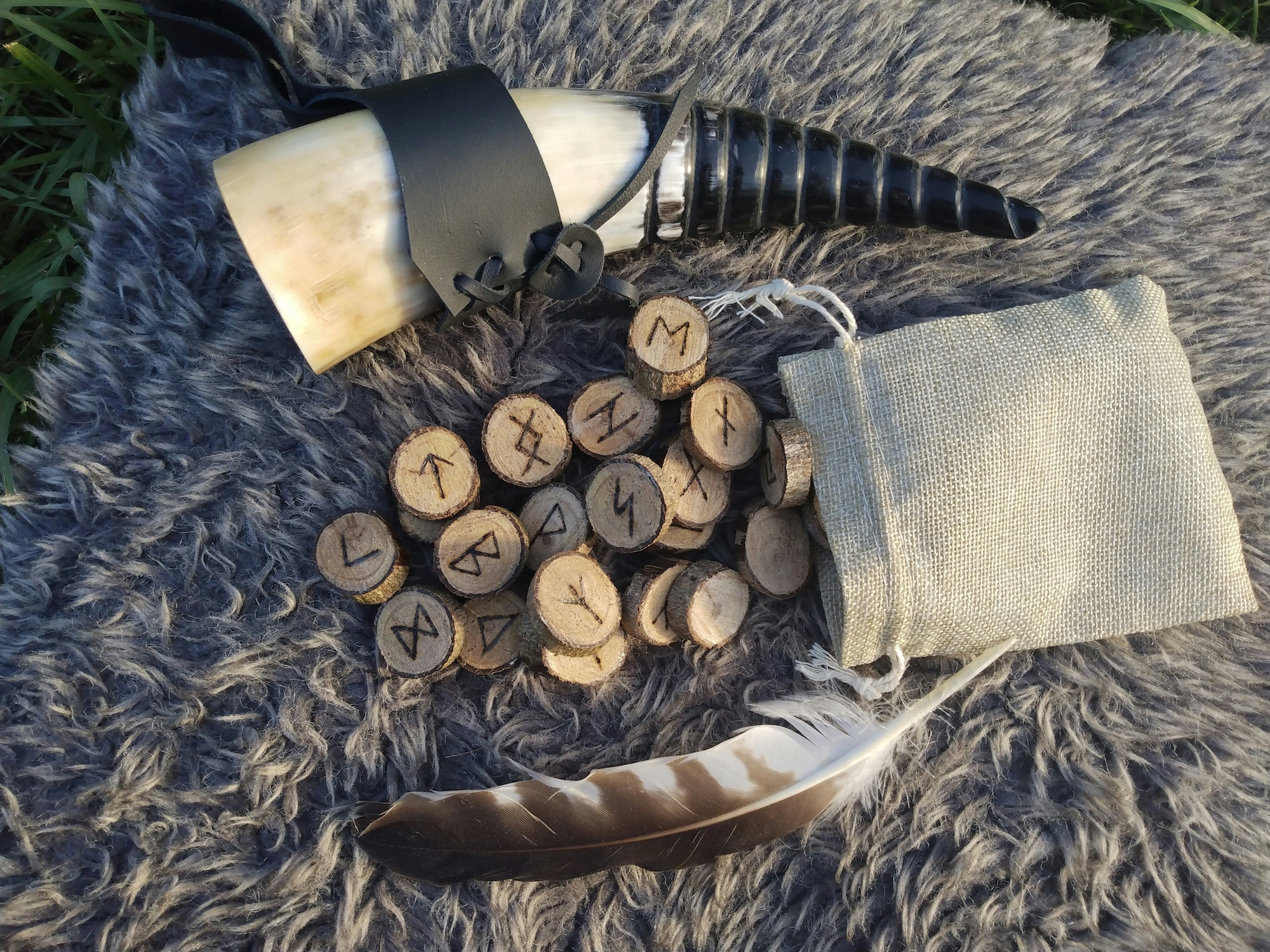
Wild Hart Massage

This November, Wild Hart Massage invites clients to slow down and honor the body that carries them through the year—with 15% off all sessions through November 30.
Read Post >October 7, 2025
There’s a way of seeing that changes everything. Not a belief or a doctrine, but a way of noticing—the kind of noticing that softens the edges of the world until even the ordinary begins to glow.
Animism is the simple recognition that everything is alive.
Not only the pulse of a human heart or the rustle of an animal in motion, but the deep, slow breathing of stones, the quiet regard of trees, the language of rivers as they shape the land. It is an old remembering, one that once lived easily in the hands and stories of people everywhere.
In the misty hills of early Europe, such knowing was woven into daily life.
The Celts tended to sacred wells where the water itself was an ancestor. The Norse honored the landvættir—spirits of place who guarded fjords and forests, as present and real as any neighbor. In Slavic hearths, a small, soot-streaked being called the domovoi kept watch over the fire, nudging gently when something was amiss and accepting small offerings of milk in gratitude.
These weren’t superstitions so much as relationships—ways of acknowledging that home extends beyond the walls, that the unseen world has its own opinions and moods. A good harvest or a peaceful night’s rest depended not just on labor, but on courtesy toward the small, invisible kin who shared the space.
Far from those northern fields, the same current of thought runs through countless cultures.
Among the Māori, whakapapa speaks of a lineage that binds humans, mountains, stars, and oceans in one family. In Shinto, the kami—spirits residing in trees, stones, and rivers—remind people to bow before beauty, to treat even a simple broom or teacup as a vessel of spirit once it has served faithfully. Across the Americas, Indigenous traditions hold that each being—bird, stream, seed—holds its own voice in the conversation of life.
Across continents, this thread of reverence persists: the world as kin, not commodity.
Modern life has trained many to look past this kind of intimacy.
Screens flicker, engines hum, and much of the world is paved over in the name of progress. Yet beneath that noise, something patient still waits. In recent years, people have begun listening again—through forest walks, mindful craft, or the quiet practice of touch.
Within the walls of a massage room, animism takes on a new shape. The body itself becomes landscape—mountains of muscle, rivers of fascia, breath moving like weather. Each session becomes a conversation between beings who recognize one another as living, not as problems to solve. The exchange is quiet but profound: a reminder that care, at its core, is relational.
To live animistically in the modern world doesn’t require robes or incense. It might look like greeting the day before checking a screen. Pausing to thank the water before drinking. Noticing the way light falls on the floorboards and realizing that beauty, too, is alive and watching.
These gestures don’t conjure belief; they restore relationship. They turn the world from background into company.
Animism offers no hierarchy, only kinship.
Every breath drawn is a gift exchanged with trees. Every heartbeat echoes the pulse of tides and seasons. To remember this is to live more carefully, to see that every act—washing dishes, lighting a candle, offering touch—is a small ceremony in the great, breathing web of things.
It’s less a philosophy than a posture:
one of listening, of belonging,
of remembering that the world is already in conversation—
and has been speaking to us all along.

Written by:

Wild Hart Massage

This November, Wild Hart Massage invites clients to slow down and honor the body that carries them through the year—with 15% off all sessions through November 30.
Read Post >
Wild Hart Massage

Wild Hart Massage brings personalized, on-site chair massage to workplaces across the Portland Metro area—helping teams release tension, refocus, and return to work grounded and clear.
Read Post >
Wild Hart Massage

The “best massage in Portland” isn’t a title—it’s a match. Learn how to find the right therapist and style for your body’s unique needs.
Read Post >